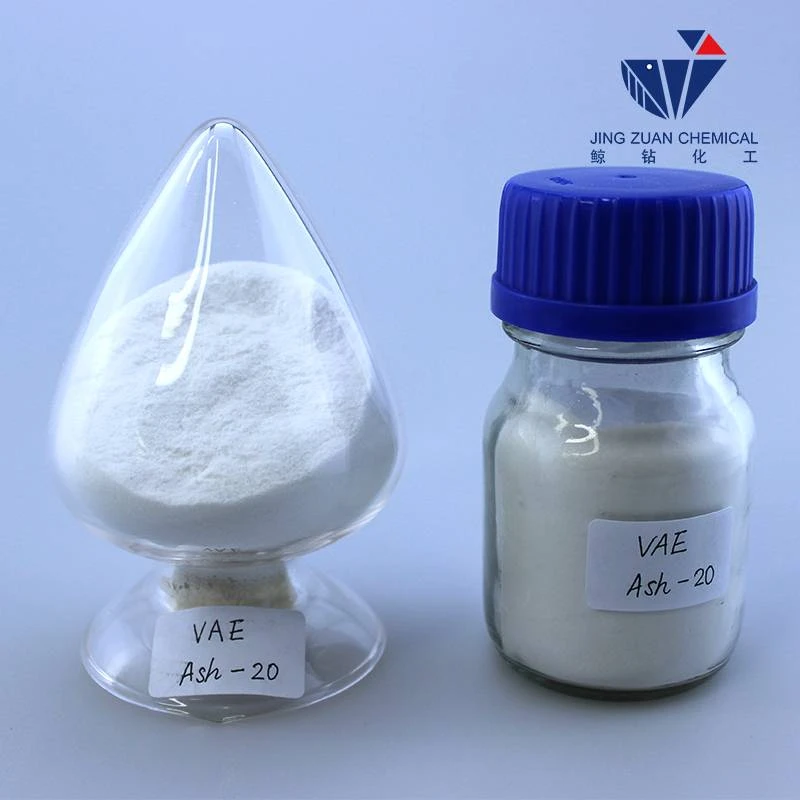
Aug . 29, 2024 05:20 Back to list
HPMC Synthesis - Hydroxypropyl Methylcellulose Production
HPMC Synthesis An Overview
Hydroxypropyl methylcellulose (HPMC) has gained significant attention in various fields, particularly in pharmaceuticals, food, and construction, owing to its multifaceted properties. HPMC is a non-ionic, cellulose-derived polymer that exhibits excellent film-forming abilities, thickening, and emulsifying properties. This makes it an indispensable ingredient in many applications. The synthesis of HPMC plays a crucial role in determining its attributes and suitability for diverse uses.
HPMC Synthesis An Overview
The next crucial step is the introduction of propylene oxide and methyl chloride to the reaction mixture. These reagents facilitate the etherification process, where hydroxyl groups on the cellulose molecules are replaced with hydroxypropyl and methoxy groups. The ratio of these reagents is carefully controlled to modulate the degree of substitution, which directly affects the solubility and viscosity of the final product.
hpmc synthesis

After the reaction is completed, the crude HPMC is precipitated out of the solution, often through the addition of a non-polar solvent. This step is vital for purifying the polymer and removing any unreacted materials or by-products. The precipitated HPMC is then filtered, washed, and dried to achieve the desired powder form, which can be further processed for various applications.
The properties of HPMC can be finely tuned during synthesis, making it an incredibly versatile polymer. For instance, by adjusting the degree of substitution, manufacturers can create HPMC grades suitable for different pH levels, solubility requirements, and viscosity ranges. This customization is particularly beneficial in the pharmaceutical industry, where controlled release formulations require specific viscosity profiles to ensure optimal drug delivery.
In recent years, researchers have also focused on enhancing the synthesis process of HPMC through green chemistry approaches. These innovative methods aim to reduce environmental impacts by utilizing renewable resources and minimizing hazardous substances in the synthesis process. Techniques such as enzymatic modification and supercritical fluid technology are being explored to produce HPMC more sustainably.
In conclusion, the synthesis of HPMC is a complex but highly valuable process that allows for the production of a polymer with diverse applications. As industries continue to demand high-performance materials, ongoing advancements in HPMC synthesis will likely lead to even more innovative products in the market. Whether in pharmaceuticals, food, or construction, HPMC’s unique properties and adaptability ensure its relevance for years to come.
-
Versatile Hpmc Uses in Different Industries
NewsJun.19,2025
-
Redispersible Powder's Role in Enhancing Durability of Construction Products
NewsJun.19,2025
-
Hydroxyethyl Cellulose Applications Driving Green Industrial Processes
NewsJun.19,2025
-
Exploring Different Redispersible Polymer Powder
NewsJun.19,2025
-
Choosing the Right Mortar Bonding Agent
NewsJun.19,2025
-
Applications and Significance of China Hpmc in Modern Industries
NewsJun.19,2025







